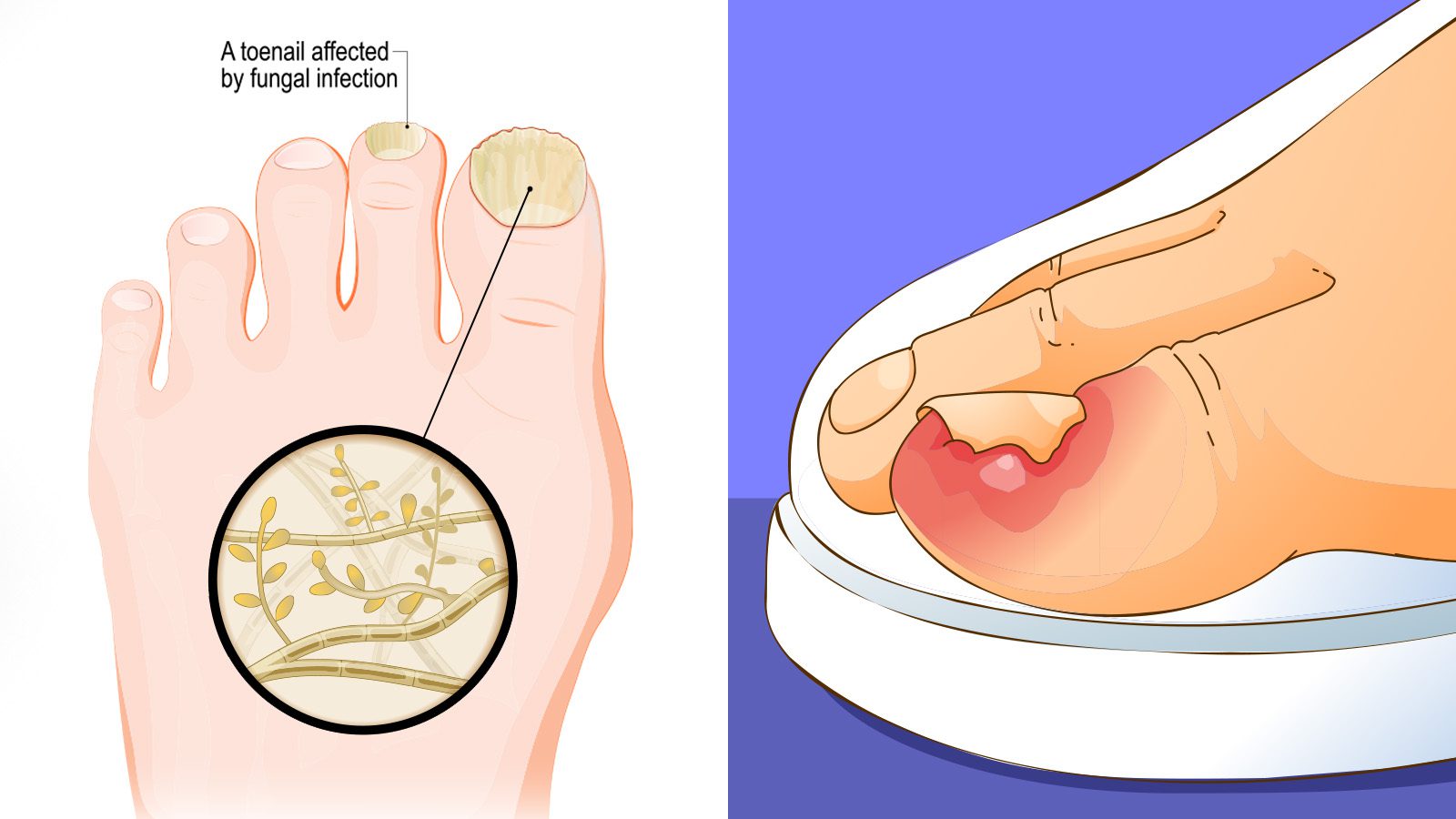What you are about to read may shock you or be something you already know. Either way, keep your mind open and receptive to this discovery by Dr. Masaru Emoto. You’ll be amazed by how you can apply the effect of the results to improve your daily life.
A researcher and alternative healer, Dr. Masaru Emoto, has given us physical proof that our thoughts, intentions and words affect of physical world.
“HADO creates words. Words are the vibrations of nature. Therefore, beautiful words create beautiful nature. Ugly words create ugly nature. This is the root of the universe.” – Dr. Masaru Emoto
What is HADO?
HADO (Pronounced “HA-DOE”): Expression meaning “wave” and “move”. The smallest unit of energy; the basis of energy for human consciousness.
The premise is simple, yet profound: water is a reflection of us. Some say that Dr. Masaru Emoto has introduced a revolutionary, yet natural, idea that water is a direct reflection of human words and thoughts. Critics say that Dr. Emoto’s teachings are pseudo-science and lack intellectual rigor and scientific validity. Continue on and decide for yourself…
The Power of Positivity
What are these teachings?
Dr. Emoto believes that human consciousness has a direct effect on physical reality. His philosophy can be best understood in his books, seminars, and demonstrations (one which is discussed here). His most famous teachings are the effects of human interaction with water, which was featured in the highly popular movie, “What the Bleep Do We Know?”
The most famous work of Dr. Emoto was published in 1999 and is called ‘Messages from Water,’ which has sold millions of copies worldwide. In the book, Dr. Emoto explains in detail that what we say, feel, and listen to has an effect on water. The research clearly shows how the power of positivity can transform anything in our physical reality. He uses water as an example. Since humans are made up primarily of water (60-75% depending on the source), water directly affects us.
The ‘Rice Experiment’
“If you have a peaceful mind and peaceful thoughts, water becomes more peaceful.” – Dr. Emoto
In the video, Dr. Emoto places rice into three glass beakers and then fills the beakers with enough water to submerge the rice. To the first beaker, he states the phrase (in Japanese): “Thank you,” “You’re an idiot” to the second, and ignores the third.
A month later, the thanked rice fermented and gave a pleasant smell. The rice that was affronted turned black. Finally, the rice that was ignored began to rot. These depictions of the rice are clear in the video of the experiment.
In the end, Dr. Emoto is pictured explaining how we treat children is especially important. Emoto says we should take special care in how we interact with them and ensure that attention is given. The video ends explaining that indifference does the most significant amount of harm, as demonstrated by the third beaker of rice in the video. It’s amazing how the jar with positive words was still white and fresh, when in our reality we would at least believe that it would definitely start to go bad. Amazing! That’s the power of positivity at work.
This experiment has become a global sensation. Just type it into youtube or google and you will see countless people who got the same results. But, don’t just take our word for it. Check it out the video below that documents the last day of the rice experiment.
147 Days of The Rice Experiment Documented – Last Day
Psychologists have repeatedly shown that our mindset and words profoundly affect our body and those around us. Is it possible that our powerful mind and speech also has an effect on the elements of our Universe, too? Dr. Emoto certainly seems to think that they do. What do you think?













